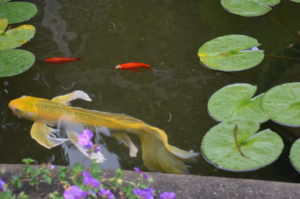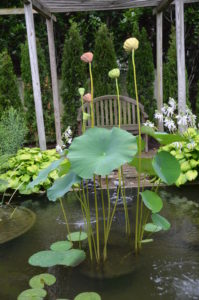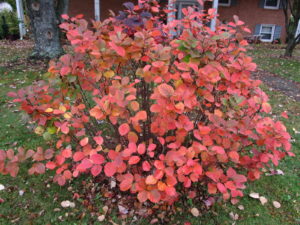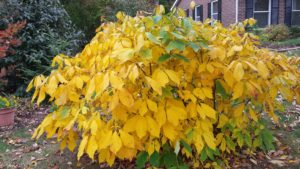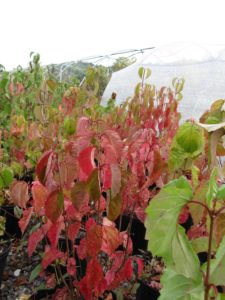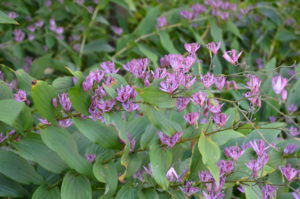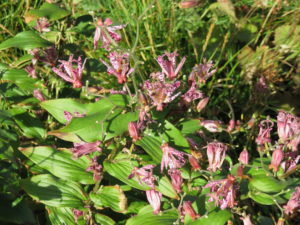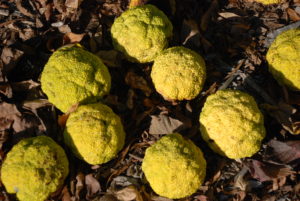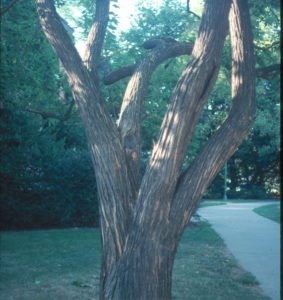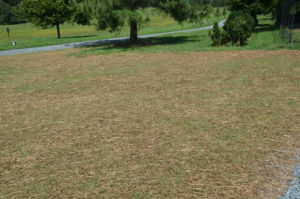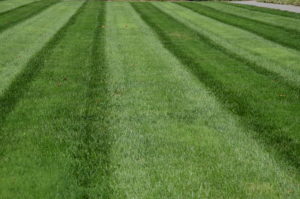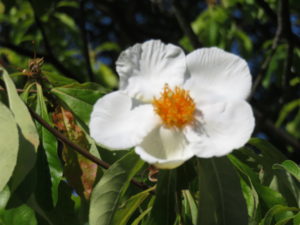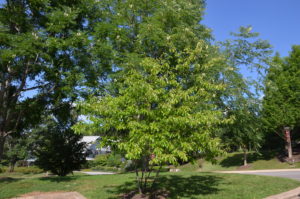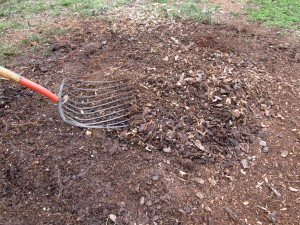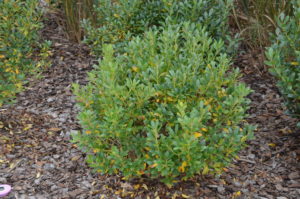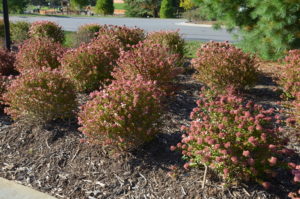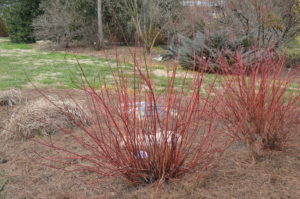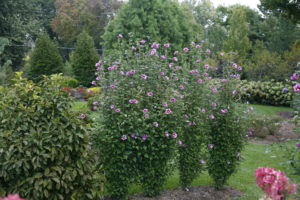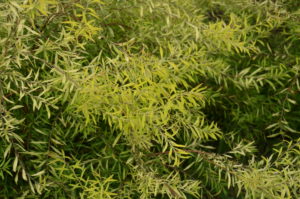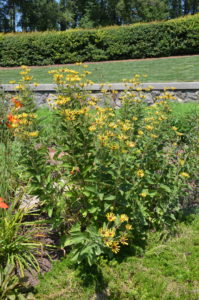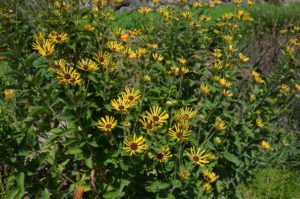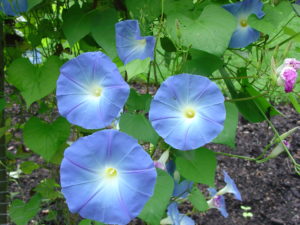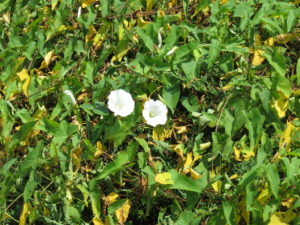In the spring and summer seasons, a water garden is a tranquil and refreshing respite in the home landscape. However, in the fall, lots of leaves and debris fall into the pond. Here are a few tips to prepare your water garden for the winter season.
Some water gardens are designed so that the waterfalls and streams run continuously through the fall-winter season. Heaters keep the water surface from icing over. It maintains a small area open to permit harmful decomposition gases from accumulating.
At first frost floating tropical water plants like water hyacinths and lettuce are killed and and should be removed from the water garden. Marginal plants, such as Elephant Ears, Cannas, Papyrus, and tropical water lilies, may be overwintered in a cool 40°F garage in a dormant state or grown in a greenhouse or sunroom. Hardy water plants such as water lilies & lotus occupy the pond’s deeper depths and shallow aquatic plants around the pond’s perimeter.
Use pond netting to protect the water surface from leaves and other debris. If you can not use netting, utilize a skimmer net to remove heavy amounts litter. Inspect pumps and filters for any debris blockages. If pumps, filters and UV lights will not be running during the winter, remove them, drain the water, and store equipment indoors.
Pond hardy fish such as koi & various types of goldfish acclimate very well to cold water conditions. They do not require feeding once water temps dip below 60°F. In areas where the pond will not freeze, switch over to a winter food that is more easily digested.

